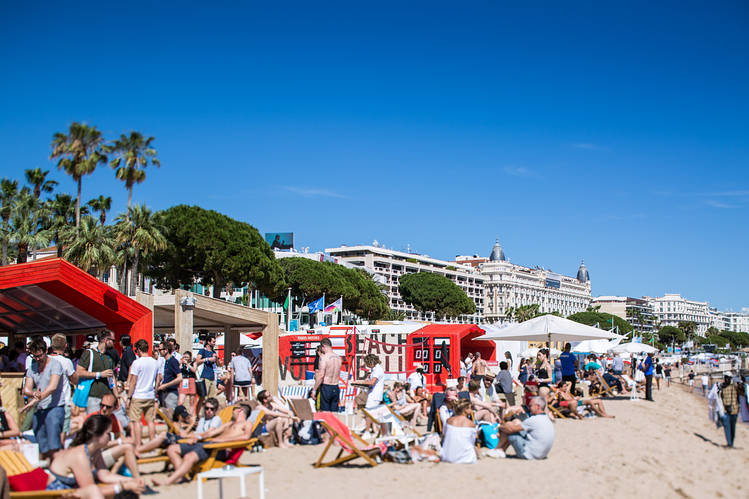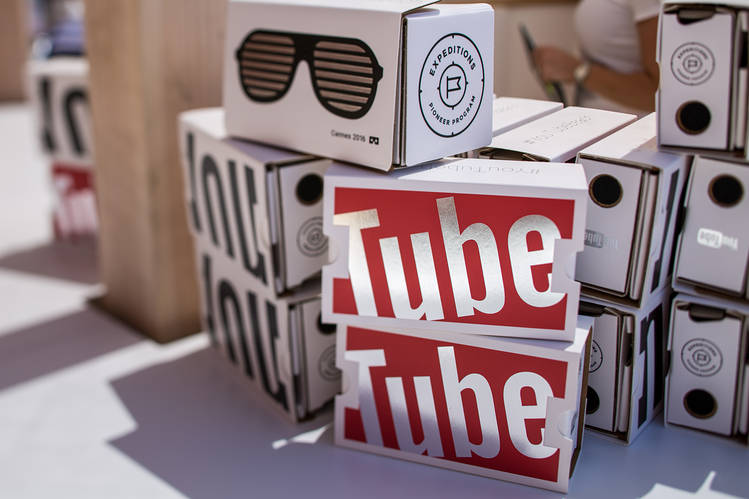Google Bullish On VR, But Has Long Way To Go
Marketers like BMW, which is making ad content in VR where a person can don a Google cardboard device and “see” and “feel” what it is like to race other cars on an open field, are trying to get a jump on consumer adoption.
At an event at Cannes on Wednesday, Google released its first ranking of YouTube’s 360-degree ads, which collectively have generated 20 million views on YouTube. (These videos can be watched with or without a VR headset.)
Google has already distributed five million Google Cardboard devices.
And manufacturers like Samsung and HTC are pushing forward in the emerging market—as is of course, Facebook with its Oculus device.
Still, the medium could use a push. Google believes that could come this fall with the launch of Daydream, a new software platform designed for virtual reality that will be built into Android devices.
The fact that a new line of Daydream-enabled phones will be touted in various wireless retail locations this fall should go a long way toward building awareness, said Aaron Luber, head of Google’s VR partnerships. “That will make it accessible,” he said. Announced partners already include Samsung and HTC.
For now, as VR gradually builds its user base, Google is talking up some astounding future possibilities. Mr. Bavor spoke about a not-so-distant future where people will be able to record live experiences, like a family sitting down to breakfast, and reliving those moments through VR technology some 10 or 20 years later when all the children have grown up.

At Cannes, Google is showcasing a custom demonstration of virtual reality’s potential future.
In this case, the demo is built around not Google Cardboard, which attaches to a person’s phone, but rather a dedicated HTC VR headset along with a specialized computer.
During the demo, a person wearing the headset “sees” himself standing as if he or she were on a diving board. And over time, the person feels as though they are standing on higher and higher diving boards—until a natural fear of heights kicks in.
Google is also using Cannes to show off Tilt Brush, a VR application that lets people “paint” in virtual space.
Mr. Bavor said he gets a kick out of seeing people experience VR for the first time. “For people who have never tried it before, it’s kind of a profound, oh-my-god experience.”
“We predict that as much energy and talk and hype there is around VR right now, it’s going to be a slower ramp than people appreciate,” he added. “Riding the wave of smartphones is how we’ll get mass adoption.”
Write to Mike Shields at mike.shields@wsj.com
(20)



